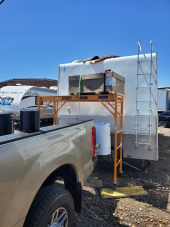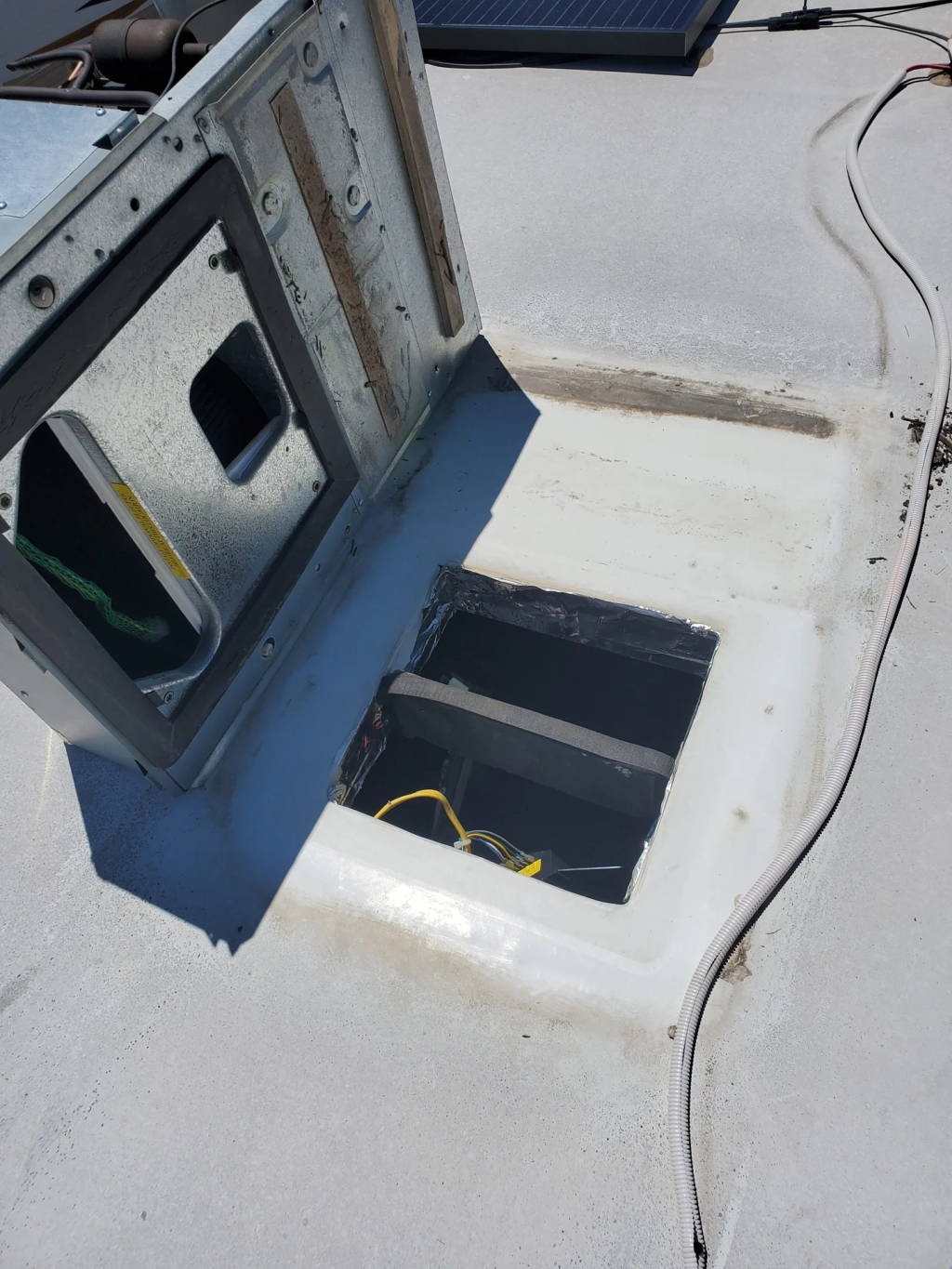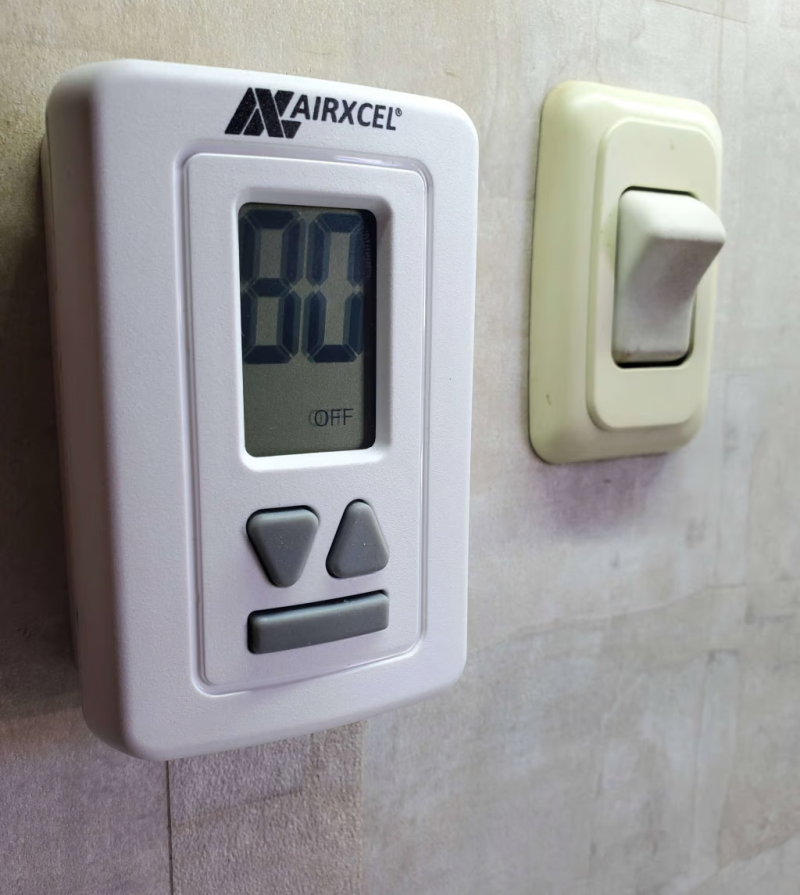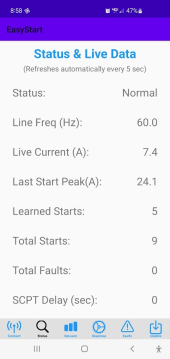Just to share my observations about this product with you - it works great in my situation:
- Trane heat pump XR14-4TWR4060G1000AC (5 ton - 60000 BTU)
- Micro-Air EasyStart 368 Soft Starter (ASY-368-X72-BLUE)
The heat pump is specified with
144 LRA (locked rotor amps ) and 24.4 RLA (rated load amps).
Before installation I've measured
162 amps inrush (2 times the exact same value in a row with 10 minutes waiting time between the two measurements) and about 17 amps runtime (the heat pump is running now in cooling mode - it starts getting hot here in Arizona).
Over the 5 learning cycles the inrush decreased with these steps (the first value is without micro-air): 162A / 47.1A / 42.2A / 33.9A / 33.5A
Btw., the runtime amps reduced from 17A to 15 A (but I don't know if it has to do with the micro-air or if it's a coincident)
This is an unbelievable reduction of factor 4.8! That's incredible and will hopefully help to increase the lifetime of the inverters AND the compressor motor. There are also two other positive side effects. The start of the compressor is now very silent instead of the previous loud "bang" when it starts and the lights don't flicker anymore (even when connected with the grid).

diysolarforum.com








